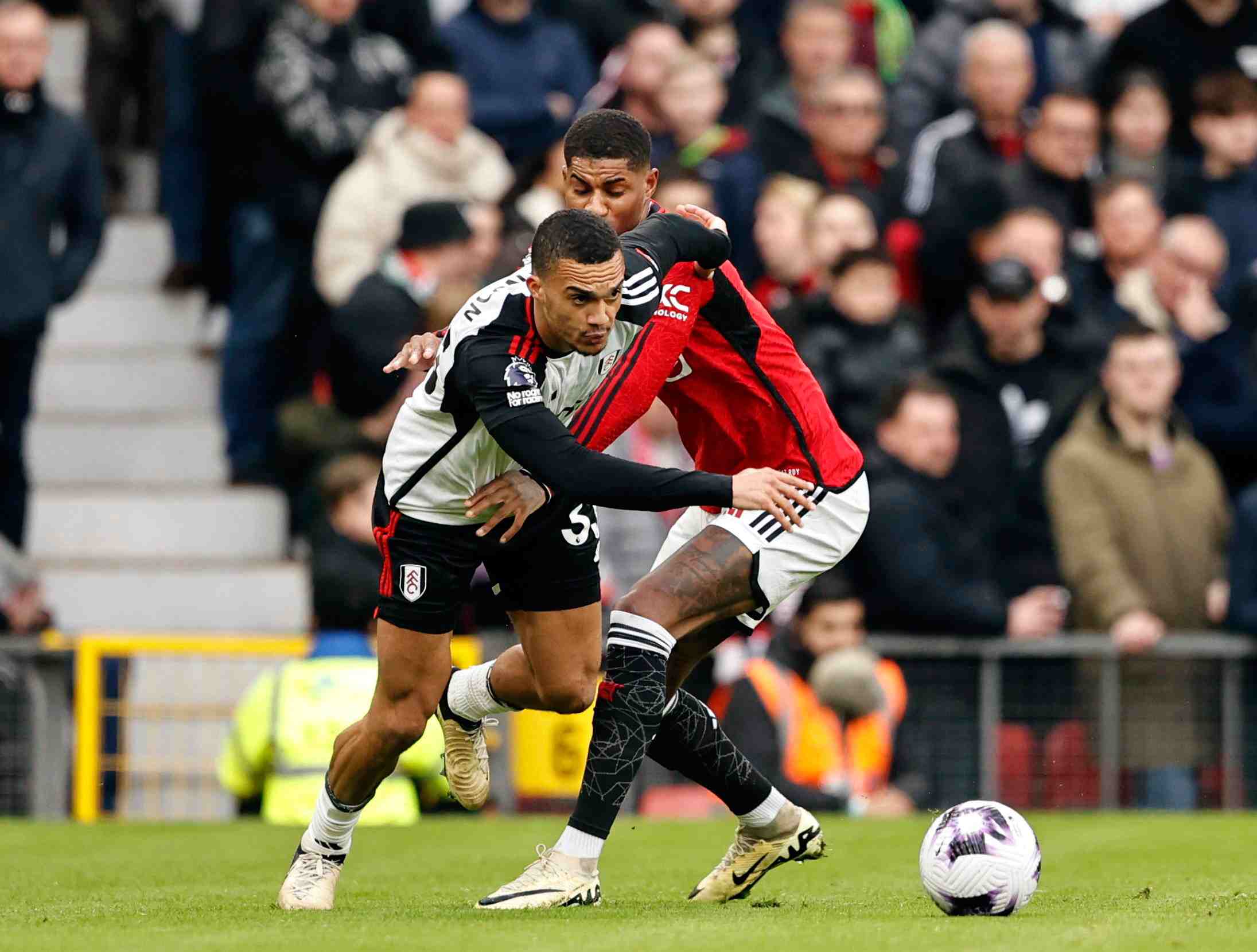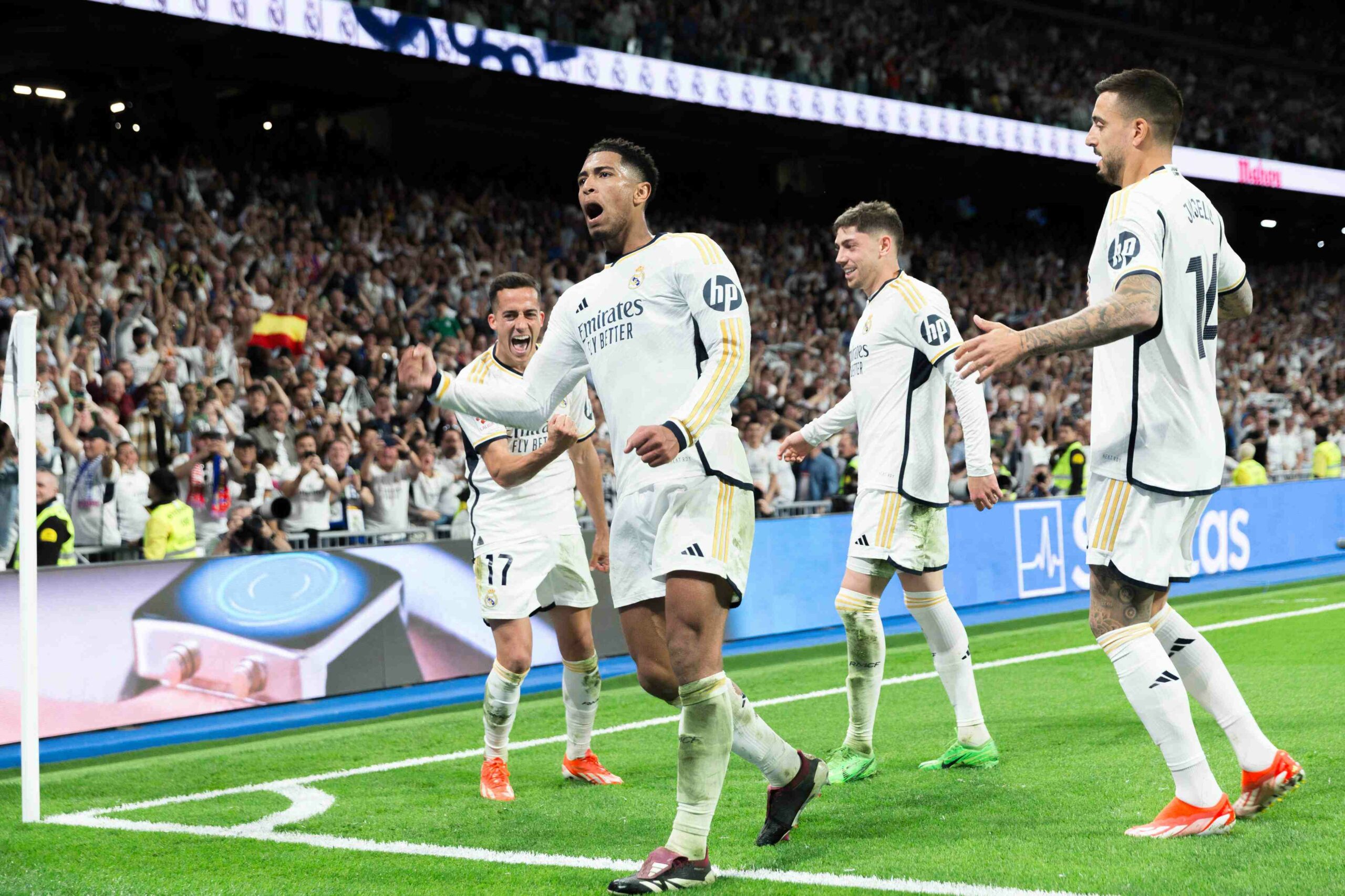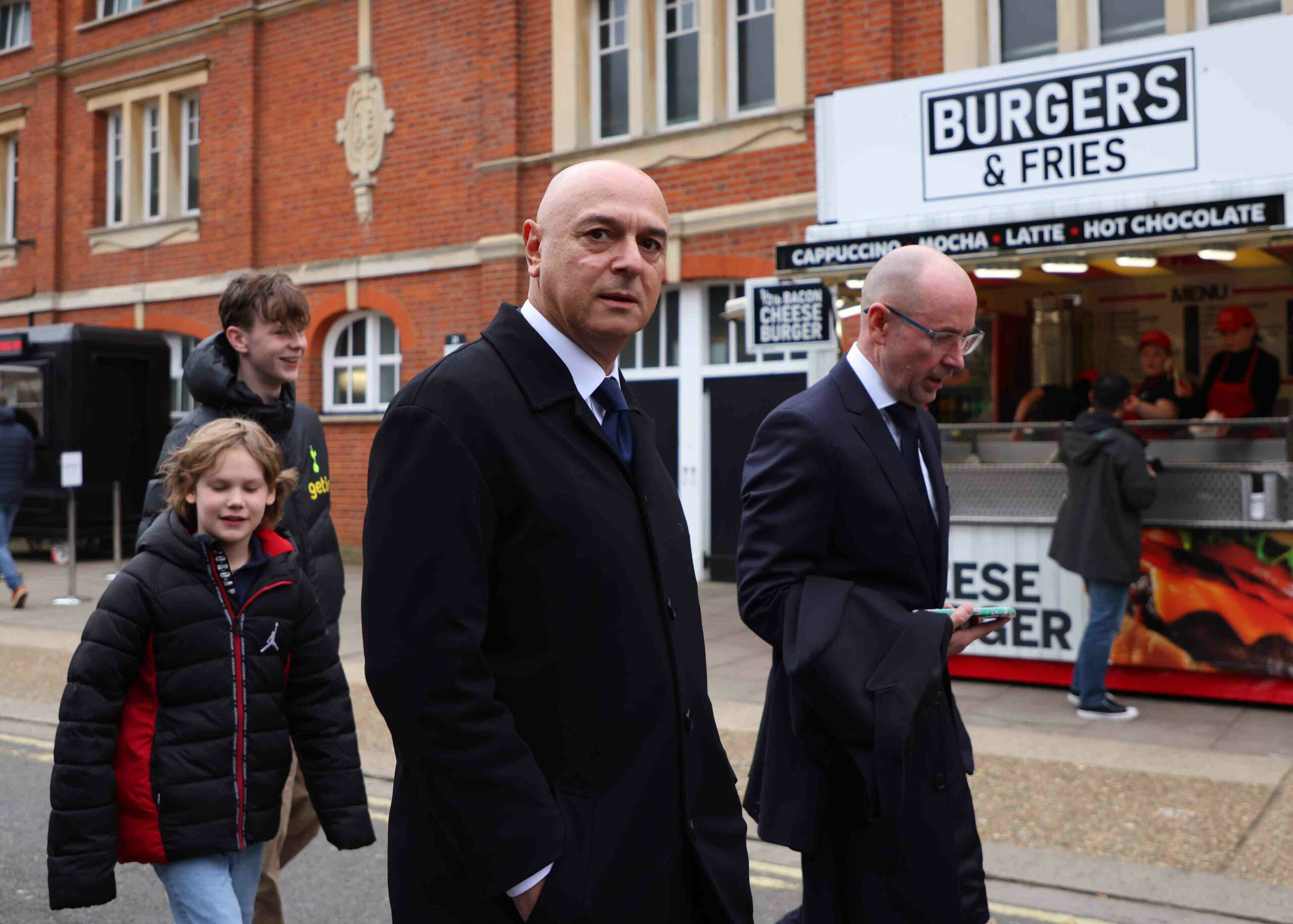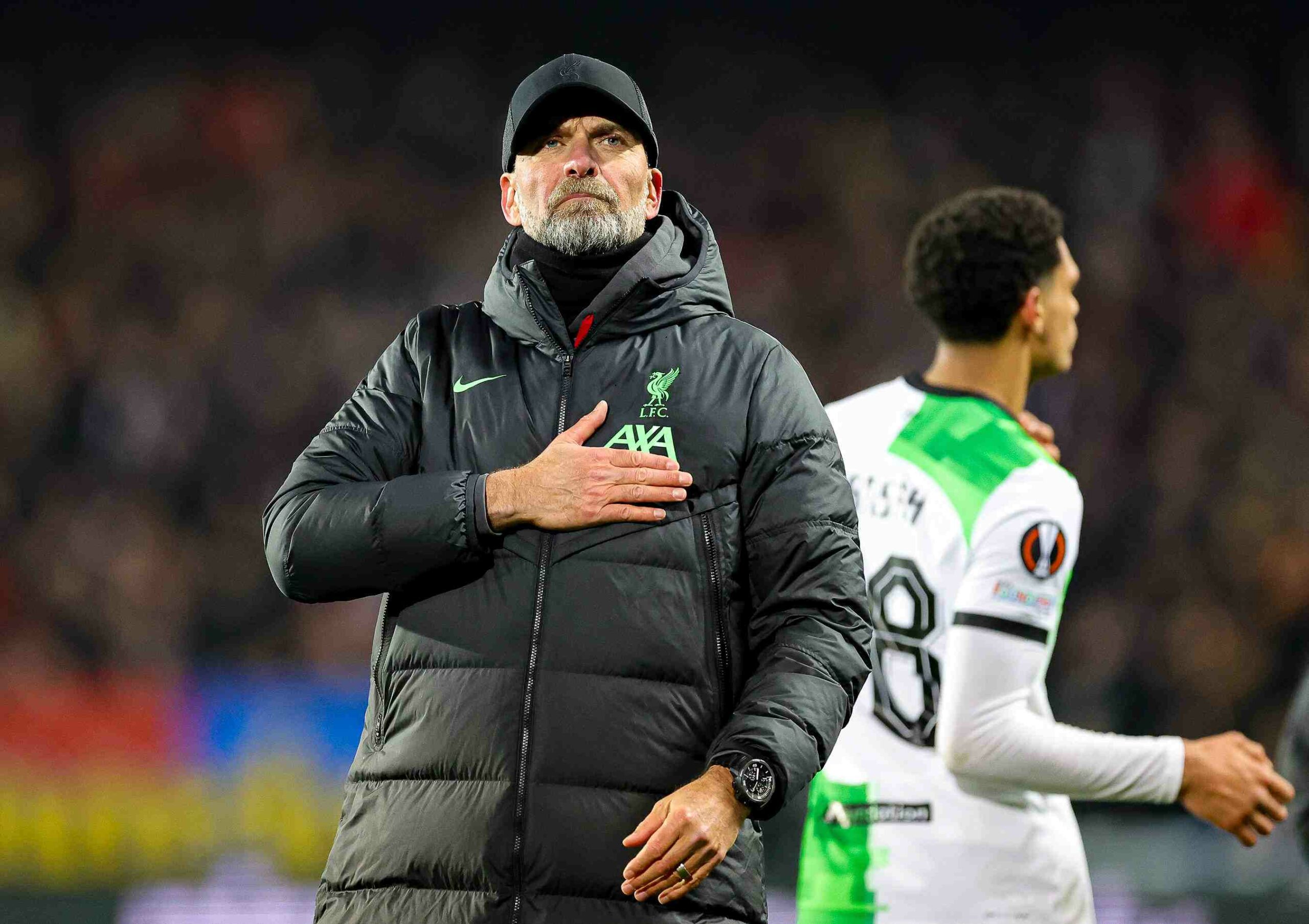Last week, Paris Saint-Germain was eliminated in the round of sixteen of the Champions League final. It seems that the era of the Leo Messi-Kylian Mbappé-Neymar trio has ended without winning the Champions League.
Since Qatar stated that the main goal is to win the Champions League with Paris Saint-Germain, the peninsular Arab country has invested huge sums of money in building and maintaining the current team; the “Messi Project” in Paris can be defined as a complete failure.
There are many reasons for Paris Saint-Germain’s continued failure in the European arena. For example, at the age of 35, Leo Messi does not seem to be a player who can lead a team to win the Champions League – certainly not with two stars by his side.
Messi, Neymar and Kylian Mbappé will never provide too much defence up front – which in modern-day football is necessary for winning trophies.
In addition, they are a trio that each needs their own freedom to produce and preserve their energies for their offensive game – so at least 3 out of 10 field players do not work within an agreed-upon and cohesive setup. unlike the French league, were you can relly on the seven other players to cover for the trio, playing against big teams with this game plan will end up conceiving more goals than scoring.
What serious professional thought it could really work against the strongest football clubs on the continent?
Individually, Messi was not bad in the Champions League for Paris Saint-Germain. He has been involved in 13 goals in 14 Champions League matches for Paris Saint-Germain, but in the current team structure, he simply cannot be the historic player he is – without a team built around him.
The Argentina national team showed us how Leo Messi can be used most effectively (he is the sun, and all ten other players are the planets that work for him) – and that was impossible with the current Paris squad. A squad full of players who see themselves as suns.
But tactical matters miss the real reason for Qatar’s ongoing failure.
Paris Saint-Germain is a club whose goal is to whitewash the image and strengthen the appearance of an allegedly undemocratic oil principality that is doing enormous damage to the climate)again, allegedly) and therefore has never been able to build a real and local identity for Paris Saint-Germain.
After all, if the main purpose is to create headlines and sign superstars, how can you build a strong, united group of individuals who grew up out of the community and were educated on the values and ethos of a big club? How is it possible to create a great team without the norms of a club with tradition and history?
It must be said that Nasser Al Khalifi – the problematic chairman for a variety of legal and moral reasons who leads this problematic club – said last summer that his plan, ultimately, is to be based on “creating a real team, finding a collective spirit from players who will be proud to represent Paris Saint-Germain and will be willing to fight for it every day”. He added: “My goal for the next few years is to have only Parisian players in our team.”
How serious is Qatar about this goal? Of the 26 players in the France squad for the last World Cup, there were 11 players who grew up in Paris and its suburbs. How many of them play at Paris Saint-Germain? 1 – Kylian Mbappé. How many top players who currently play for the biggest clubs in Europe grew up in Paris Saint-Germain and found themselves out of the club? Here is a partial list: Moussa Diaby, Christopher Anconco, Adrian Ravio, Alphonse Areola, Jonathan Icone and others. They, as already mentioned, were already of Paris Saint-Germain and were released from the club by the Qataris.
So yes, there are now more home players at Paris Saint-Germain – but it’s still primarily based on big stars with huge egos than home players who will be willing to fight for it every day.
The bottom line is that Paris Saint-Germain cannot be based on the collective spirit of Parisian players fighting for the name – mainly because it was built to serve a principality 6,386 km from Paris.
Abu Dhabi’s project in Manchester has also encountered difficulties in the Champions League against real football institutions – despite being conducted in a much more professional manner than the circus in Paris. And this, apparently, also has to do with the owners and the goals of the owners, who took a small group and pumped so much money into it with the aim of glorifying their name and doing PR to a country that is a serial human rights violator.
Perhaps in the end, Paris Saint-Germain and Manchester City will win the Champions League. It only makes sense that this will happen in the end – just as Roman Abramovich’s Chelsea went from being the third or fourth team in London to the first London team to win the European Championship. But, in football, the traditions and culture of football clubs – almost all of which were established in the early 20th or late 19th century – dramatically affect the motivation of each and every player.
When a player knows that he is fighting for a community that has been following the club and influencing him and his set of values for generations, then he is fighting for something with real meaning – not for a country foreign to him, with a set of values alien to him.
“Play for the name on the front of the shirt and they will remember the name on the back of the shirt”, said Tony Adams, the legendary Arsenal captain. The meaning of this proverb is that the institution will always be more important than any individual. The institution, after all, existed before every player and will exist after every player. This is true in football, and in general. Surely and certainly when this institution belongs to the community and serves the community.




